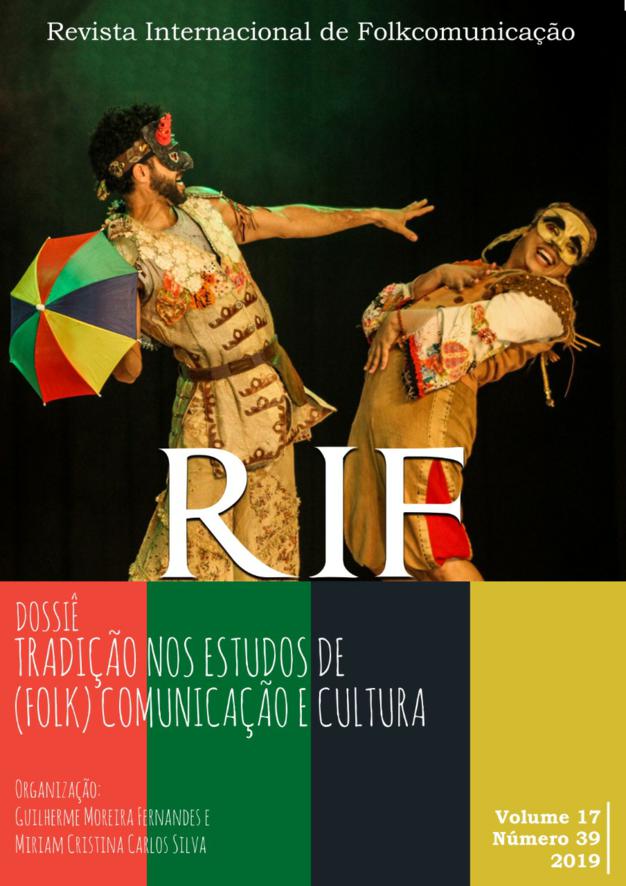Folk art and hybrid cultures: Cultural conversions in figurative pottery
DOI:
https://doi.org/10.5212/RIF.v.17.i39.0007Abstract
The aim of this study is to analyze the process of cultural hybridization in the figurative ceramics of Alto do Moura in Caruaru, Pernambuco. Specifically, what we want to understand is the cultural reconversions that the descendants of Zé Caboclo's family have done over three generations, reconverting the codes of their culture, as popular culture, into the codes of mass culture, translated into the aesthetics of clay. The study was based on the use of oral history and combined data collection techniques such as field diary, semi-structured interview and systematic observation using photography as a record. In the course of the work it was observed that there is a reconversion of codes of the past, of memory, which usually hang around the rural or folkloric, in consumer objects that have an identity and aesthetic value by the consumer / collector. The reconversions observed in the pieces are of an identity nature, that is, reconstructing or rereading the past to enter or remain in the market, is what guarantees the sales and popular artist status to the oldest in the metier. Popular cultures; Hybridization; Cultural reconversion; Figurative ceramics.
Downloads
Downloads
Published
How to Cite
Issue
Section
License

Este obra está licenciado com uma Licença Creative Commons Atribuição 4.0 Internacional.
Os autores são responsáveis, em qualquer que seja o formato do texto, pelas opiniões expressas ou indiretas presentes em seus respectivos trabalhos, não endossáveis pelo Conselho Editorial e pelos editores da Revista, bem como pela autenticidade do trabalho. Ao publicar trabalhos na Revista Internacional de Folkcomunicação, os autores cedem automaticamente os direitos autorais à publicação para veiculação das produções acadêmicas, sem ônus para a Revista. Os autores detêm os direitos autorais do texto para o caso de publicações posteriores e concedem à Revista Internacional de Folkcomunicação o direito de primeira publicação, com o trabalho simultaneamente licenciado sob a Creative Commons Attribution License, que permite o compartilhamento do trabalho com reconhecimento da autoria e publicação inicial nesta Revista. Por serem publicados em revista de acesso livre, os artigos são de uso gratuito, com atribuições próprias, em atividades educacionais e não-comerciais, sendo permitida a publicação simultânea em repositórios institucionais.































